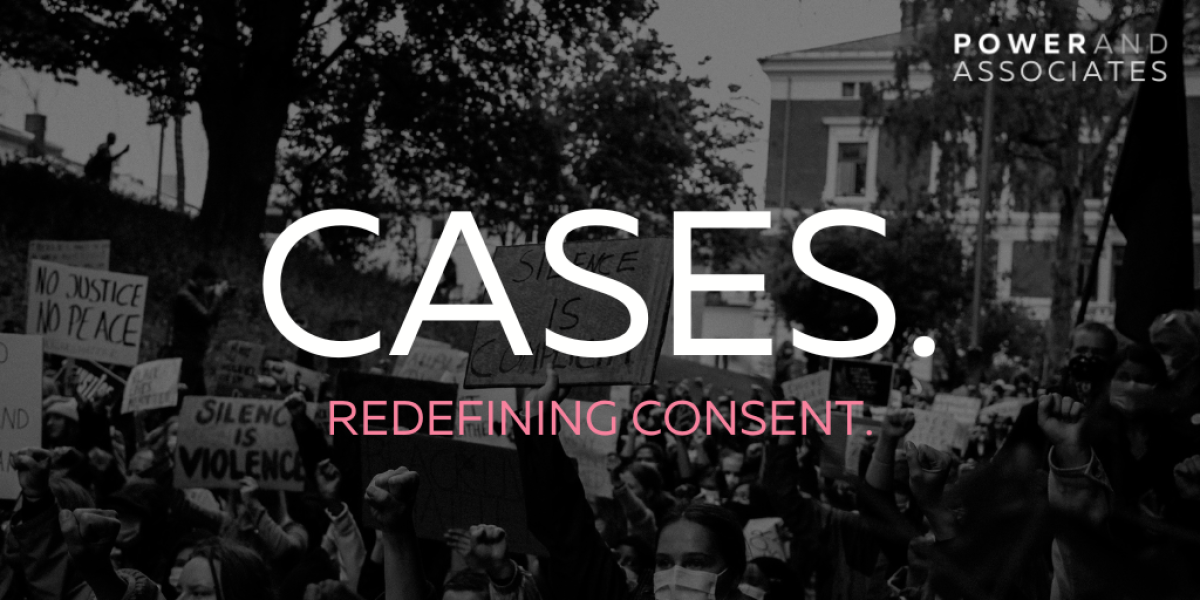Equality Court upholds right of transgender person to express her gender identity
September v Soobramoney NO and Others [2019] ZAEQC 4
Date of judgment: 23 September 2019
Court: Equality Court of South Africa (Western Cape Division, Western Cape)
*****
Relevance of the case
The Equality Court has upheld that the rights of the applicant, who is a transgender person, to express her gender identity while incarcerated in a correctional facility. According to the Equality Court, the refusal by the respondents to allow the applicant to express her gender identity constituted unfair discrimination in terms of section 8 the Promotion of Equality and Prevention of Unfair Discrimination Act 4 of 2000 (PEPUDA), and was therefore unlawful and unconstitutional. This included the respondents’ conduct in not allowing the applicant to wear female underwear, make-up and jewellery; not allowing the applicant to wear her hair long and in feminine styles; and refusing to address the applicant as a woman, and through the use of the female pronoun.
Factual background
The applicant – Jade September – is a transgender person incarcerated at Malmesburg Medium Correctional Centre. The applicant was born a male, and is anatomically male, but self-identifies as female. The applicant brought the application to be allowed to express her gender identity while in prison, arguing that not allowing her to do so amounted to unfair discrimination and harassment against her in terms of PEPUDA.
The applicant indicated that she expresses her gender identity in the only manner available to her: by dressing as a woman; wearing her hair long and in feminine styles; wearing make-up; and referring to herself (and requesting others to refer to her) as a woman through the use of the female pronoun. While incarcerated, the respondents had refused to allow her to do so, and had caused her to be detained in segregation as a result of these requests.
The court was requested to make a just and equitable order for the violation of the applicant’s fundamental rights to equality and human dignity, including an order that the respondents allow her to express her gender identity.
The respondents opposed the application on the basis that the applicant’s gender is constrained by her birth-assigned identity, her anatomy, and the safety and security of the applicant while serving a sentence in a male correctional centre. The respondents argued further that the applicant had been prosecuted and incarcerated as a male, biologically and anatomically remains a male, and is legally identified as a male on the applicant’s identity document. The respondents submitted that they had refused to allow the applicant to express her gender identity for her own safety.
Findings of the Equality Court
In reaching its findings, the Equality Court took into consideration the severe mental suffering caused to the applicant, resulting in feelings of fear, anguish and inferiority leading to humiliation. The Equality Court further agreed with the applicant that “it is entirely normal for her, as a transgender female, to want to transition socially, i.e. to present herself as a woman. Until such time as she can undergo medical treatment, presenting and expressing herself as a woman is the only way in which she can express her gender identity.”
The Equality Court also noted that wearing certain clothes, applying make-up and fashioning one’s hair in particular ways are all forms of expression, and that the respondents’ conduct also limited the applicant’s right to freedom of expression in terms of section 16(1) of the Constitution. The Equality Court held further that the right to dignity includes the applicant’s right to express her gender identity.
According to the Equality Court, it would not be effective to order major physical changes to the current correctional centres to provide for separate transgender accommodation. However, it noted that this would not prevent the respondents from making certain changes that would ensure all inmates, including the applicant, would be treated with the necessary dignity and respect.
Regarding the argument of unfair discrimination, the Equality Court held the respondents had failed to demonstrate any prejudice or hardship – to them or to other inmates – that would arise if they permitted the applicant to express her gender identity. In this regard, the respondents had failed to apply the principle of reasonable accommodation to the applicant, which rendered the discrimination against her “manifestly unfair”. In conclusion, the Equality Court stated that:
It is common cause that all people in our country, including the applicant, is entitled to their constitutionally enshrined human rights. Yet the applicant is not being afforded that recognition, protection and respect. She is prevented from expressing her identity. Conduct which is part of her experience of being human is being condemned. She is being denied the personal freedom to develop and express her true nature, therefore her dignity is being impacted on severely by the conduct of the respondents.
The Equality Court did, however, note that case did not deal with whether the binary model used in South Africa should be expanded to include a third gender (i.e. transgender), and that the binary model is therefore unchallenged and still in force.
Order of the Equality Court
Accordingly, the Equality Court made the following order:
- It is declared that the first respondent’s failure and or refusal to allow the applicant to express her gender between March 2016 and June 2017 by –
1.1 Not allowing her to wear female underwear and make-up;
1.2 Ordering her to cut her hair; and
1.3 Refusing and/or failing to address her as a woman or through the use of the female pronoun, constituted unfair discrimination under section 8 of PEPUDA and is therefore unlawful and unconstitutional.
- The first respondent is ordered to remove from the applicant’s correctional services record/file, all charges or infractions that were entered against her prior to the date of this order, only relating to her expressing her gender identity.
- Clause 2.3(a) and (b) of the Standing Order on Personal Hygiene is declared to be unlawful.
- The illegality of clause 2.3(a) and (b) should be cured by striking out the word “underpants” and “panties” and, in its place, reading in the words “gender appropriate underwear”.
- Respondents are ordered to issue the applicant (and other transgender female prisoners) with female underwear and/or to allow her to wear such.
- It is declared that the fourth respondent’s failure and/or refusal to allow the applicant to express her gender by-
6.1. Not allowing the applicant to wear female underwear, make-up and jewellery; and
6.2. Not allowing the applicant to wear her hair long and in feminine styles; and
6.3. Refusing to address the applicant as a woman, and through the use of the female pronoun constitutes unfair discrimination under section 8 of PEPUDA, and is therefore unlawful and unconstitutional.
- Until such time as the applicant has undergone gender reassignment treatment, the respondents are directed to take reasonable steps to give effect to the applicant’s constitutional rights by considering one or a combination of the following options:
7.1. The applicant remains in a single cell in a male prison and is allowed to express her gender identity safely and securely in line with the amended Standing Orders on Personal Hygiene by:
7.1.1 Returning to the applicant her female underwear, make-up and jewellery, allowing her to use such in future and not confiscating such in future;
7.1.2 Allowing the applicant to wear her hair long and in feminine styles;
7.1.3 Addressing the applicant as a women and using the female pronoun; and
7.1.4 Directing all correctional service officials who are employed under their authority to do the same.
Alternatively:
7.2. The applicant is transferred to a single cell at a female prison and is allowed to express her gender identity safely and securely in line with the amended Standing Orders on Personal Hygiene by:
7.2.1 Returning to the applicant her female underwear, make-up and jewellery, allowing her to use such in future and not confiscating such in future;
7.2.2 Allowing the applicant to wear her hair long and in feminine styles;
7.2.3 Addressing the applicant as a woman and using the female pronoun; and
7.2.4 Directing all correctional service officials who are employed under their authority to do the same.
- The respondents are ordered to introduce transgender sensitivity training for all Department of Correctional Services’ employees as part of the training of new employees, and a specific course for current employees.
- The respondents are ordered to exercise the option in 7 above within two months of this order.
- The training in 8 above is to be introduced within twelve months of this order.
- No order as to costs.
The full judgment is accessible (via SAFLII) here.
Please note: The information contained in this note is for general guidance on matters of interest, and does not constitute legal advice. For any enquiries, please contact us at [email protected].





